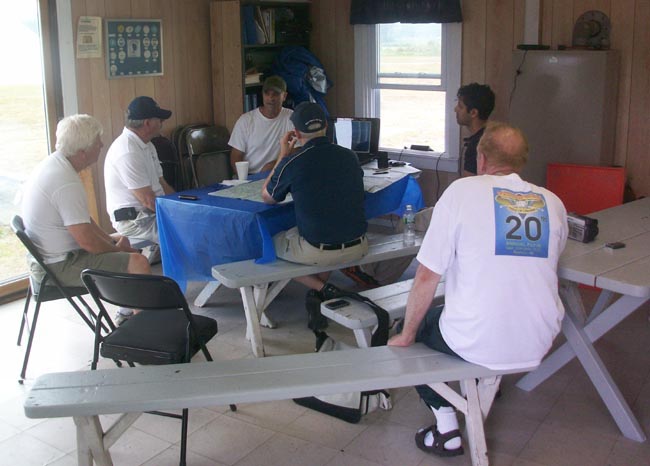Q-talk 161 - Quick and Simple Post Cure Oven
- Details
- Category: Q-Talk Articles
- Published: Saturday, 26 October 2013 12:02
- Written by D Michael Bergen
- Hits: 14838
[Editor’s Note: D. Michael Bergen gave a great talk at the FOD fly-in that was a repeat performance of the standing room only presentation he gave at Airventure this year. The venue in Orange, MA was a bit more intimate, and allowed for a more detailed Q&A session. One aspect of Mike’s talk caught my eye and I asked him to do a quick write up about it for subscribers here. Namely, it’s a “Quick and Simple Oven” used for post curing composite parts.
I also provided Mike’s PowerPoints for both of his Airventure presentations at the booth. They are a “must read” for anyone interested in composite work, and represent his 23 years of experience in the industry.]

The Quick and Simple Post Cure Oven is made out of R-Max aluminum backed insulating foam, taped together with aluminum foil duct tape. R-Max (or similar) insulating foam can be found at most home improvement centers (i.e. Home Depot and Lowes). A link to the R-Max manufacturer’s website with full specs and MSDS is here:
http://www.rmax.com/wall-r-matte-plus3.asp

The heart of Mike’s system is a commercial grade temperature controller that controls the juice going to a power strip. The controller has a temperature probe that can be hung inside the oven. The ON/OFF temperatures can be controlled within a tight temperature range. The manufacturer’s website for the controller that Mike used can be found here:
http://www.uni-line.com/modules/catalog/Product.aspx?singlePart=false&prodID=65503
The real beauty of the system is that it uses a cheap heat gun plugged into the power strip to not only heat the oven, but circulate the air within the insulating foam box. Circulating the air in this way helps to maintain a more even temperature throughout.

This system can be scaled up to very large sizes as long as you’re able to provide enough heat to maintain temperature, and enough air circulation for the given oven size. Perhaps you could even attach multiple heat guns to the power strip (up to its rated trip amperage) or install the circulating fans used inside computer CPU boxes.

This unit will allow you to control temperatures much more accurately than simply putting black tempera paint on your part and setting it out in the sun. This will let you know with some degree certainty that you worked within the manufacturer’s temperature range of your chosen Epoxy System.

[As promised here are the PDF copies of Mike Bergen's presentations at Oshkosh Airventure.]



